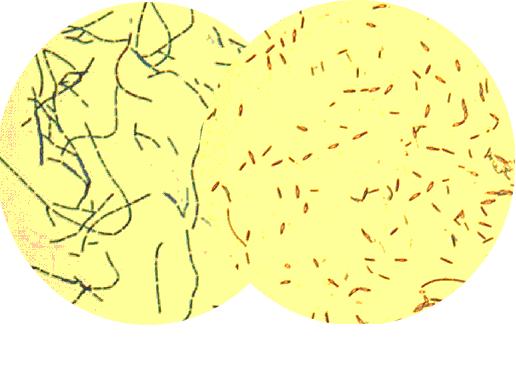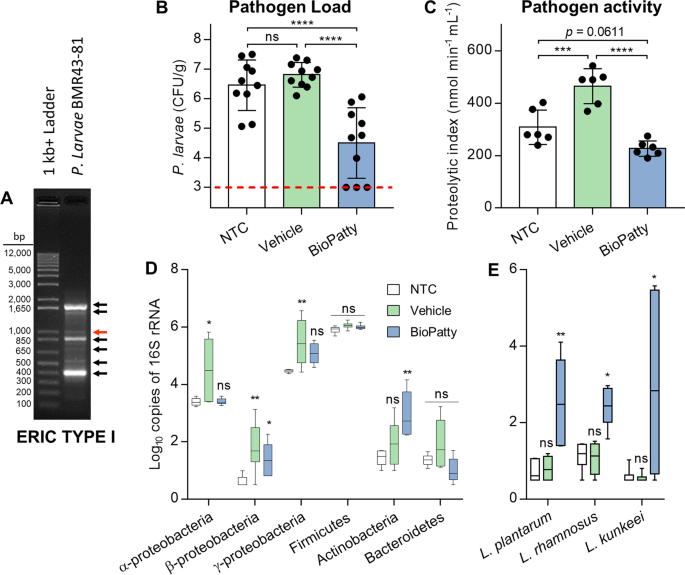
Figure - Paenibacillus larvae Bacteremia in Injection Drug Users - Volume 16, Number 3—March 2010 - Emerging Infectious Diseases journal - CDC
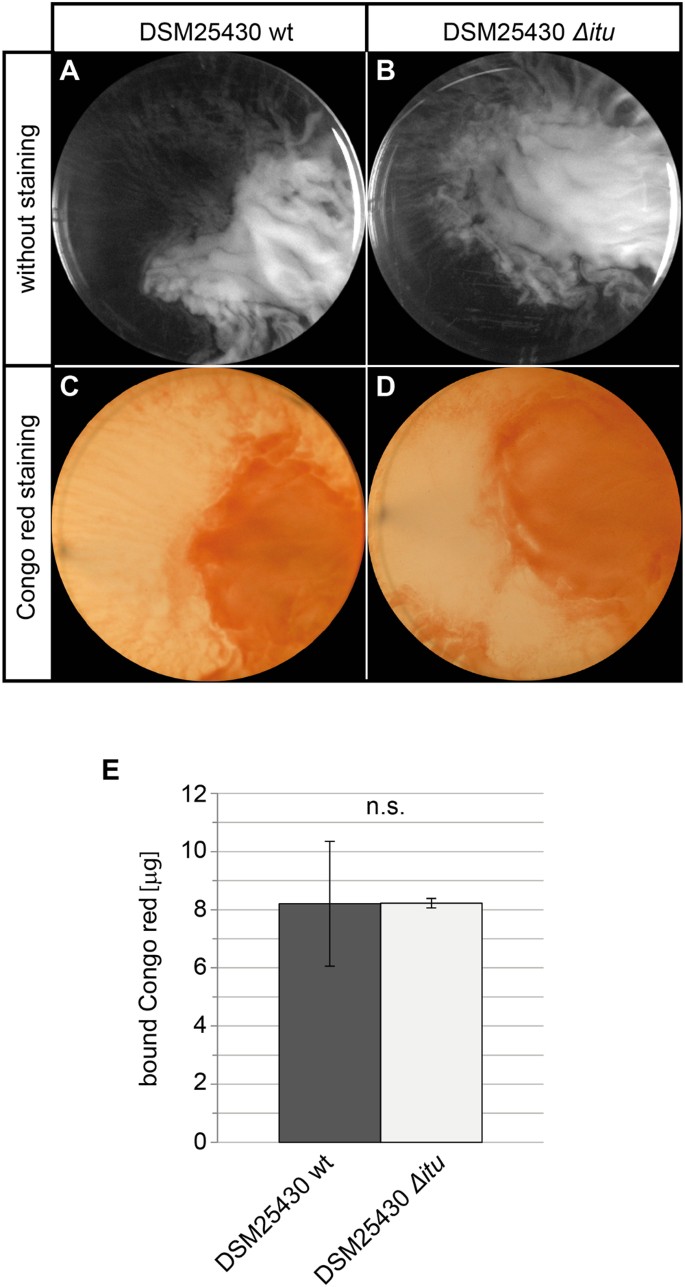
Swarming motility and biofilm formation of Paenibacillus larvae, the etiological agent of American Foulbrood of honey bees (Apis mellifera) | Scientific Reports

Disentangling the microbial ecological factors impacting honey bee susceptibility to Paenibacillus larvae infection: Trends in Microbiology

Characterization of Paenibacillus larvae bacteriophages and their genomic relationships to firmicute bacteriophages | BMC Genomics | Full Text

Existence of Paenibacillus larvae genotypes ERIC I-ST2, ERIC I-ST15 and ERIC II-ST10 in the western region of Aichi prefecture, Japan. - Abstract - Europe PMC
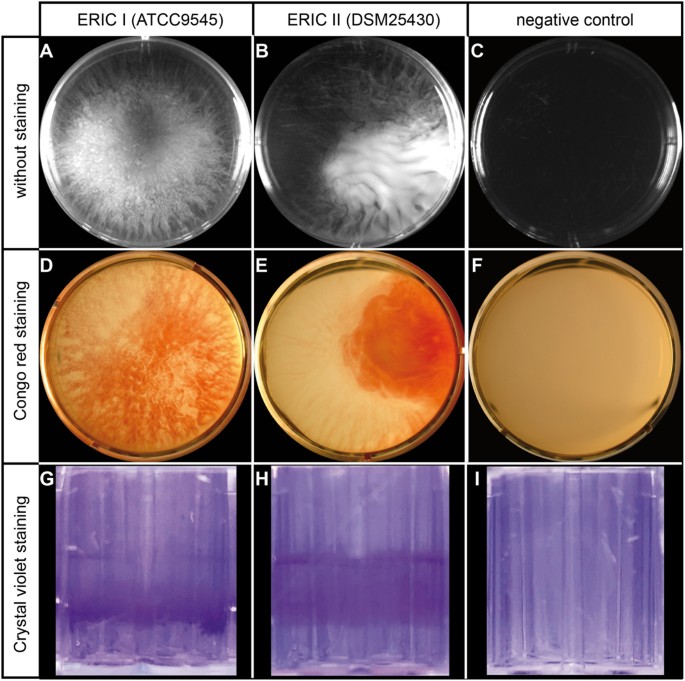
Swarming motility and biofilm formation of Paenibacillus larvae, the etiological agent of American Foulbrood of honey bees (Apis mellifera) | Scientific Reports

Paenibacillus larvae-Directed Bacteriophage HB10c2 and Its Application in American Foulbrood-Affected Honey Bee Larvae | Applied and Environmental Microbiology
Paenibacillus larvae Chitin-Degrading Protein PlCBP49 Is a Key Virulence Factor in American Foulbrood of Honey Bees | PLOS Pathogens
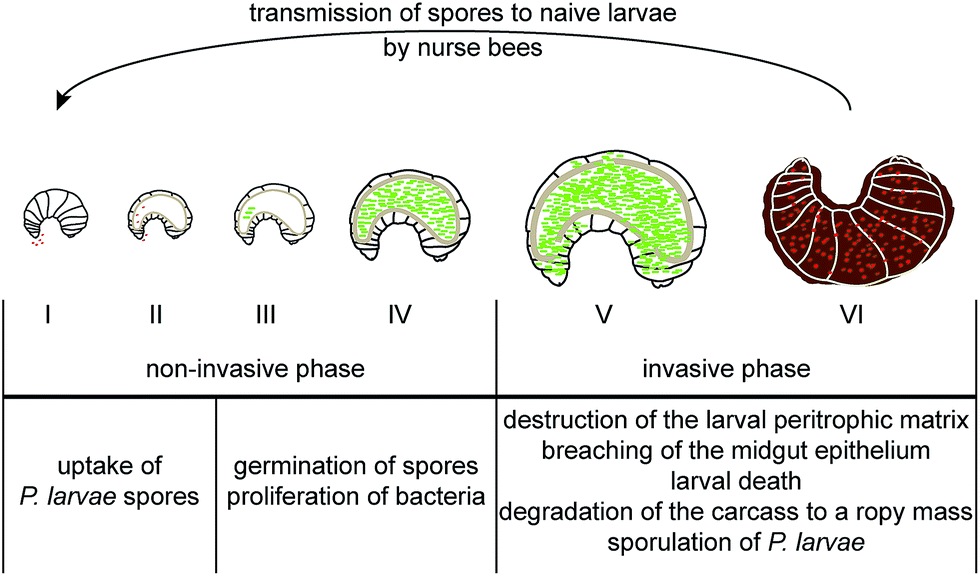
Involvement of secondary metabolites in the pathogenesis of the American foulbrood of honey bees caused by Paenibacillus larvae - Natural Product Reports (RSC Publishing) DOI:10.1039/C4NP00158C

Biological effects of paenilamicin, a secondary metabolite antibiotic produced by the honey bee pathogenic bacterium Paenibacillus larvae - Garcia‐Gonzalez - 2014 - MicrobiologyOpen - Wiley Online Library
How to Kill the Honey Bee Larva: Genomic Potential and Virulence Mechanisms of Paenibacillus larvae | PLOS ONE

Frontiers | Pollen Streptomyces Produce Antibiotic That Inhibits the Honey Bee Pathogen Paenibacillus larvae

Bacteriophages as an alternative to conventional antibiotic use for the prevention or treatment of Paenibacillus larvae in honeybee hives - ScienceDirect

Molecular pathogenesis of American Foulbrood: how Paenibacillus larvae kills honey bee larvae - ScienceDirect

Discovery of Paenibacillus larvae ERIC V: Phenotypic and genomic comparison to genotypes ERIC I-IV reveal different inventories of virulence factors which correlate with epidemiological prevalences of American Foulbrood - ScienceDirect




